In the past 3 months, the Farmers' Association of Da Lat City has built a model of "Collecting and processing vegetable and flower waste into organic biological fertilizer" in key agricultural areas, bringing "double benefits" in economic efficiency and environmental protection.
 |
| Model of collecting vegetable and flower by-products to compost into organic fertilizer in concentrated production areas of Da Lat city |
Through the selection results from the grassroots Farmers' Association, the Da Lat City Farmers' Association has implemented one of the first models of composting organic fertilizer from agricultural by-products in the concentrated agricultural production area in Ward 9, with a total area of 3,000 m2 . Accordingly, this household has specialized in growing high-quality strawberries for more than 5 years, cutting hundreds of kilograms of strawberry leaves every month and putting them in a corner of the garden to self-destruct. Nearly half a year later, the household has collected a large amount of green manure, but in fact the nutritional content for the plants is very low, while the pathogens that harm the plants have not been completely eliminated, and the surrounding environment is still affected. To overcome this situation, the model has been implemented to collect other by-products from mulberry trees in the past 3 months on 3,000 m2 of the above-mentioned household in Ward 9, piled up into 3 m3 at a suitable location next to the garden to compost with microorganisms and molasses, expected to decompose into organic fertilizer for on-site use in the garden in the next 75 days.
Similarly, on an area of 2,000 m2 specializing in chrysanthemum cultivation of a household in Ward 8, the Farmers' Association of Da Lat City has chosen a location that ensures environmental safety to collect all the mass of roots, stems, leaves, and flowers discarded after harvest to compost into organic fertilizer. It is estimated that on average, during the crop season of about 3 months, the mass of by-products on this 2,000 m2 area is collected, covered with tarpaulin, composted with molasses for 90 days into organic fertilizer. Or in the An Son area, Ward 4, the Farmers' Association of Da Lat City has implemented a model of rotating outdoor vegetables on over 3,000 m2 , each crop of vegetables collects a total mass of by-products of about 1,500 kg every 3 months, achieving a rate of nearly 100% processed into organic fertilizer...
Mr. Nguyen Duc Cong - Chairman of the Farmers' Association of Da Lat City said that the process of collecting agricultural by-products to compost into organic fertilizer in the area is based on the documents of the Central Farmers' Association of Vietnam implementing the "Project of Propaganda and Mobilization of Farmers to Treat Waste in Vietnam, Contributing to the International Community's Efforts to Reduce Greenhouse Gas Emissions". Specifically, the Farmers' Association of Da Lat City guides farmers to practice the 8-step model: prepare the location; collect crop by-products; prepare biological product solution; prepare ventilation pipes into the compost pile; stack crop by-products into piles and water with biological products; cover the compost pile; check the compost humidity weekly; harvest decomposed compost. In which, the ratio of 250 g of biological products is used with 0.5 liters of molasses and 25 liters of water. Stack crop by-products in layers of 25 - 30 cm, each layer is as high as a boot. After each layer, water with biological product solution. While layering, insert bamboo stakes with holes about 5 cm in diameter and 6 - 8 m in length. Stack the by-products into a horizontal, flat pile so that water can easily seep down when watering. Cover the compost pile with bamboo stakes inserted with a tarpaulin or nylon to avoid rainwater. Do not cover too tightly to ensure air circulation. Check the humidity weekly, if the compost bed is too dry, add a little water. After about 2.5 months, if the compost is completely dark brown and loose, it is ready to use...
Up to now, after 3 months of implementation (from April to July 2024), the Farmers' Association from ward, commune to Da Lat city level has guided 73/135 farming households, each household collects crop by-products on an area of 1,000 m2 to 3,000 m2 to compost into organic fertilizer. The remaining 62 farming households were selected to continue building the model to complete from now until the end of 2024.
“The goal by the end of 2024 is for the City Farmers' Association and wards and communes to treat on-site about 65 tons of organic agricultural waste, corresponding to a reduction of more than 30% of the amount of chemical fertilizers used annually by 135 households practicing the model. In particular, at each implemented model, the City Farmers' Association and wards and communes invite 5 members and farmers to participate in the exchange and understanding of the process of treating waste into organic fertilizer in the production area, which is an important and necessary task to minimize environmental pollution and bring high economic efficiency in crop cultivation. Thereby, farmers access new techniques for treating agricultural by-products by composting into organic fertilizer to continue to transfer and replicate the model...”, informed Chairman of the Da Lat City Farmers' Association Nguyen Duc Cong.
Source: http://baolamdong.vn/kinh-te/202407/bien-phu-pham-thanh-phan-huu-co-36339a0/


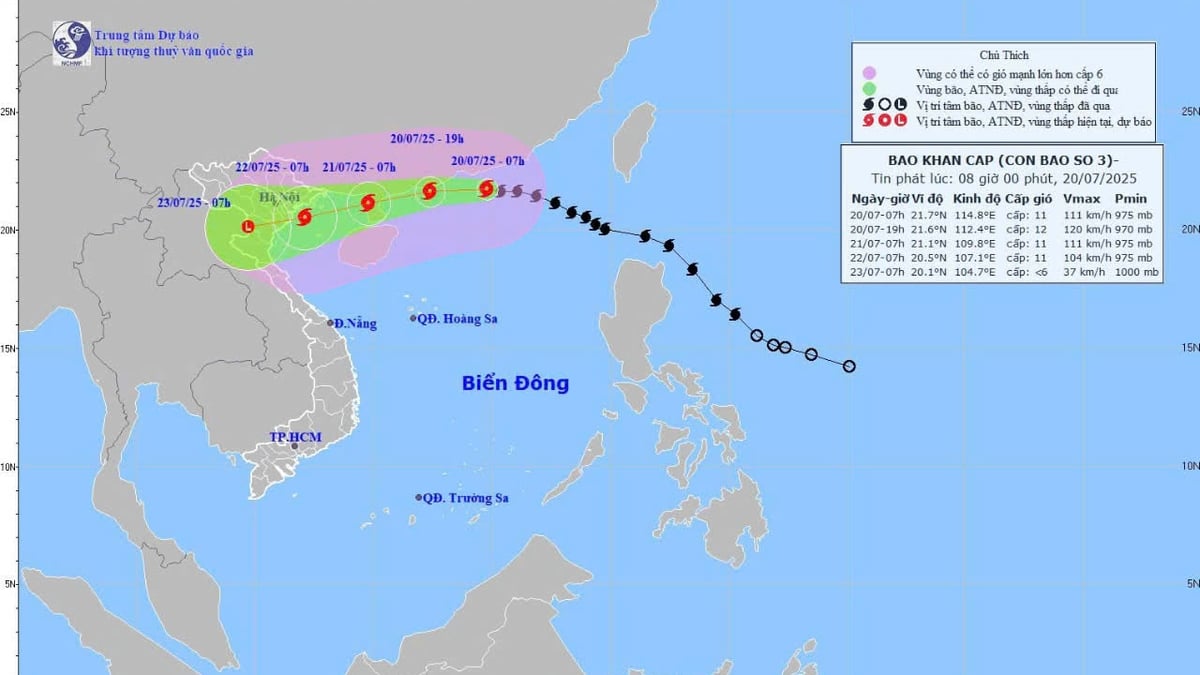
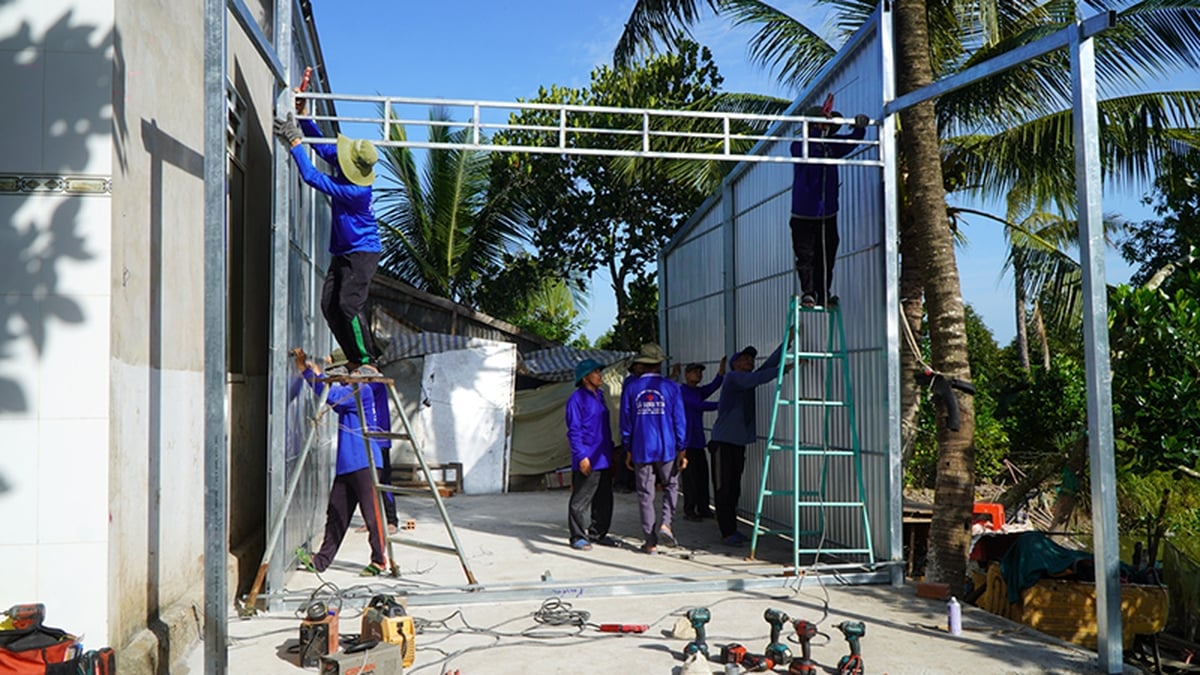
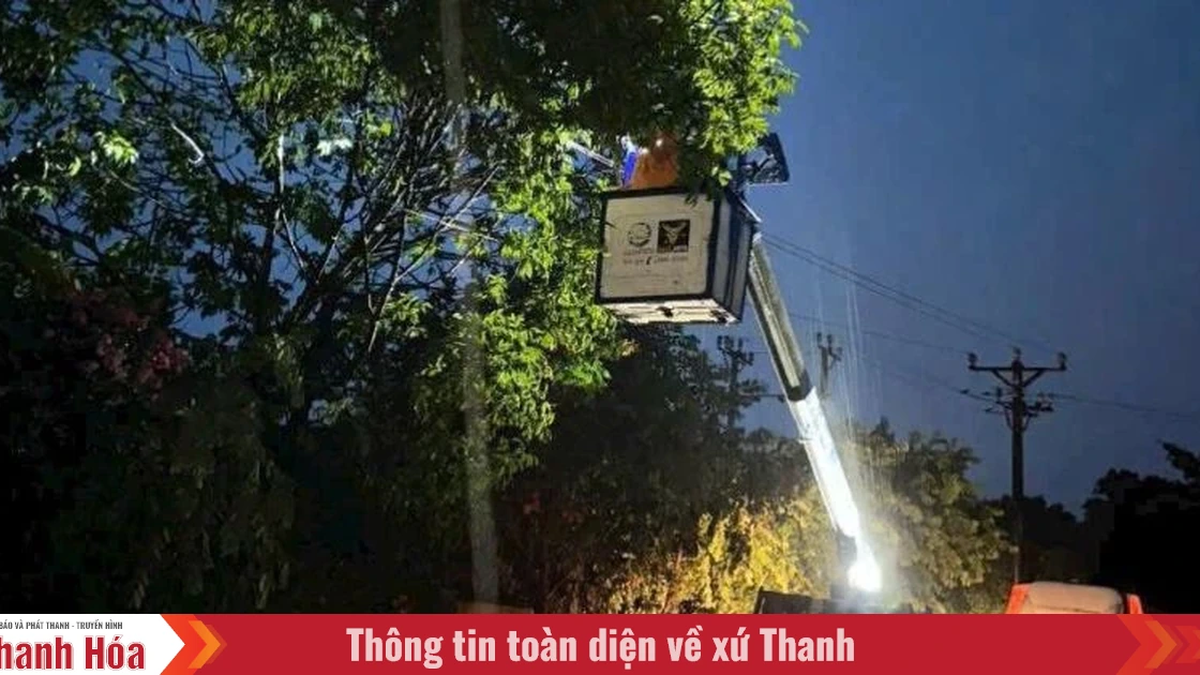

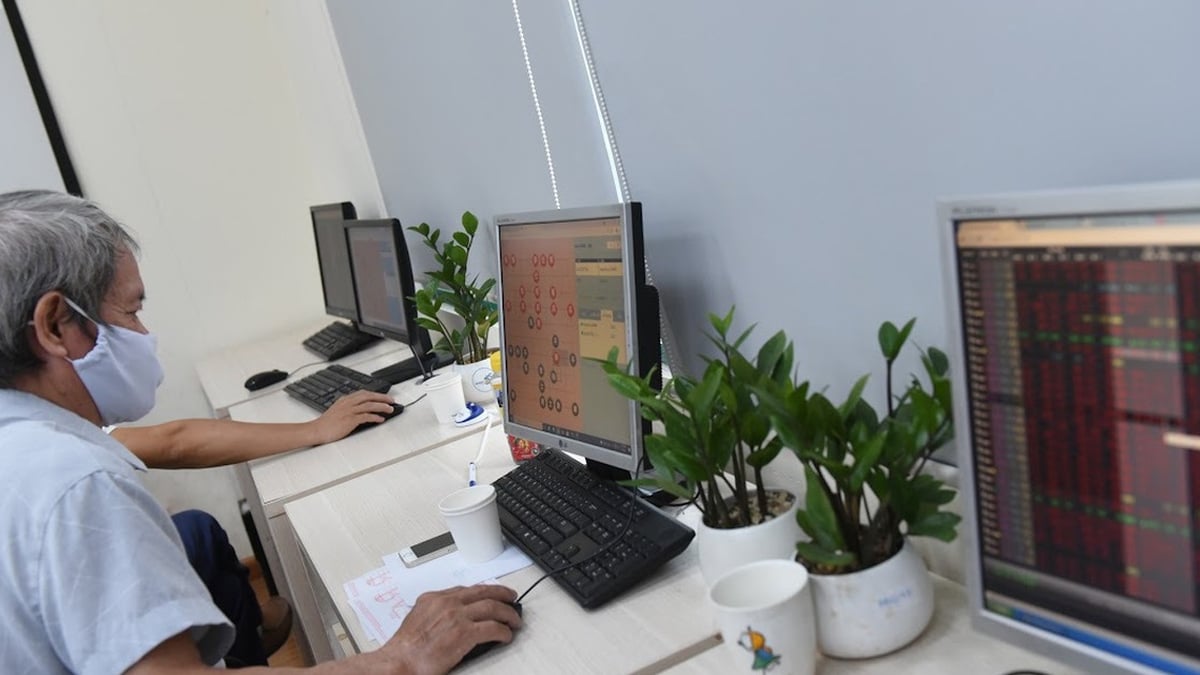

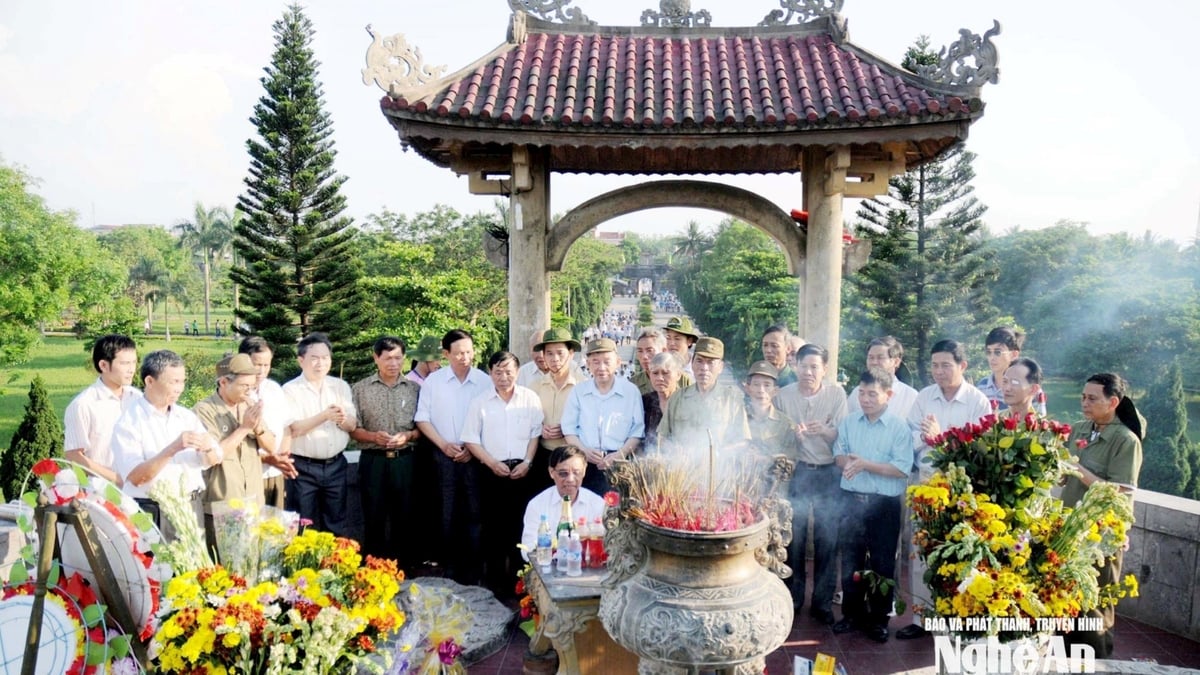

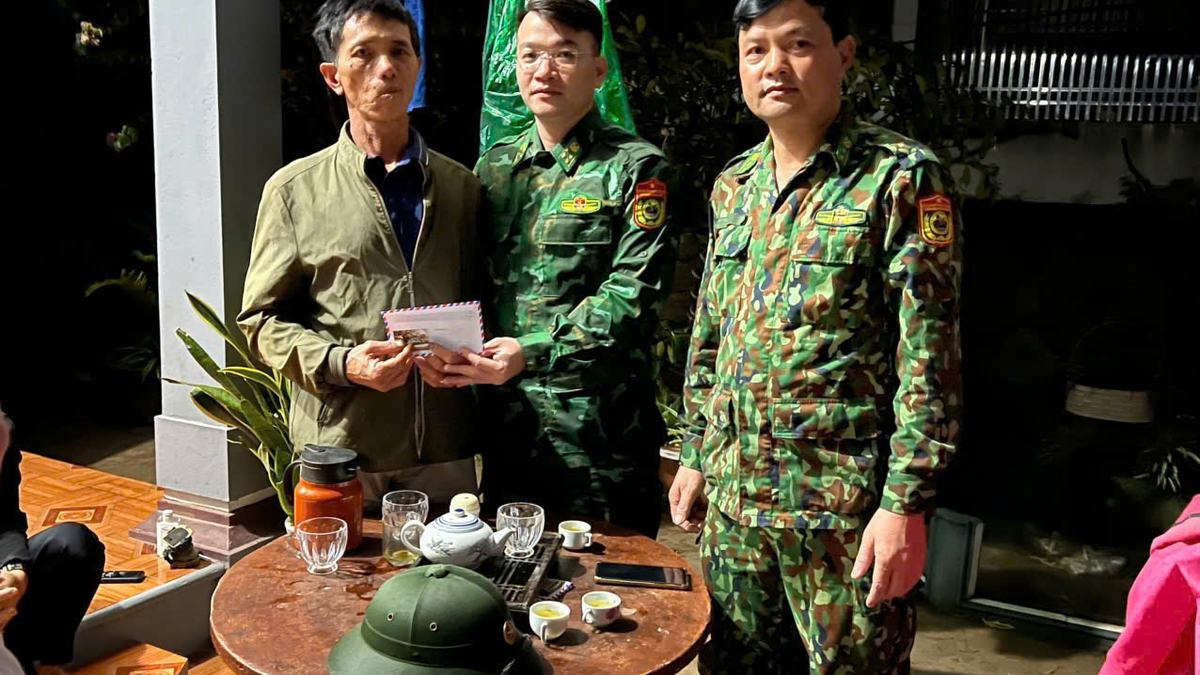
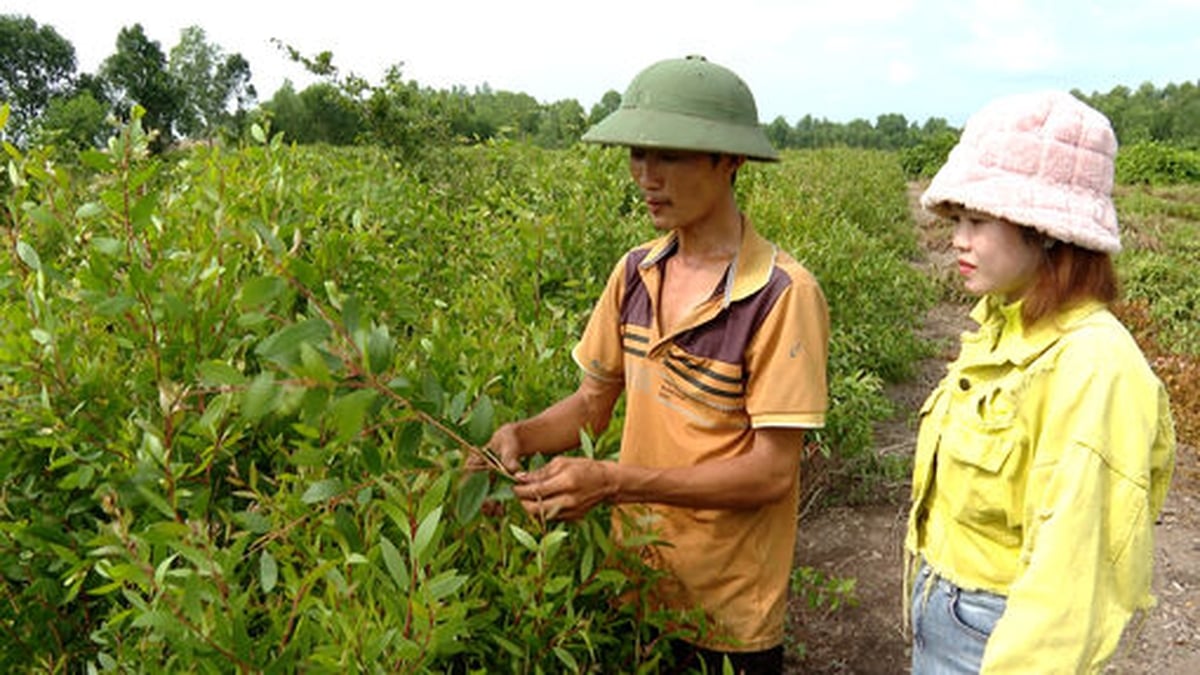
















































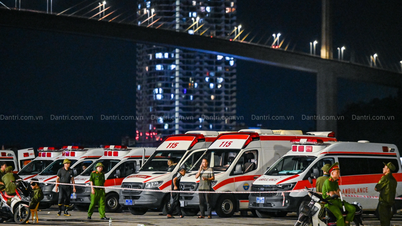
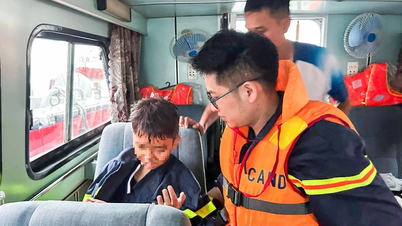

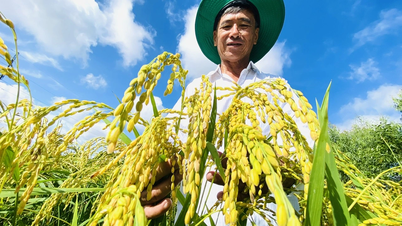



































Comment (0)